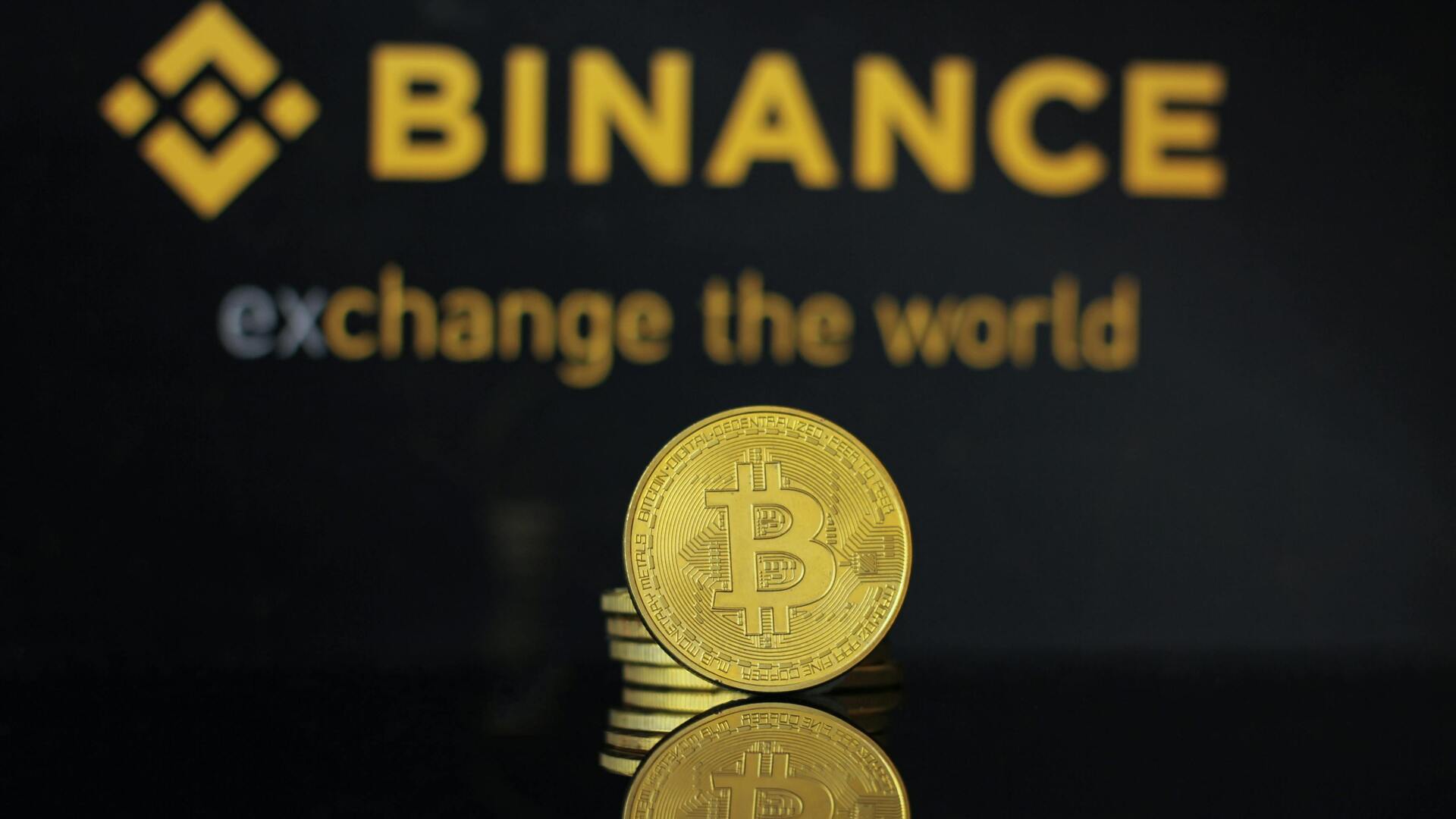The Anatomy of a Liquidity Shock
In October 2025, a severe but localized market event unfolded on Binance, centered around the trading pair for Ethena’s USDe stablecoin. The incident was not a failure of the Ethena protocol, which maintained its dollar peg and full collateral backing on all other platforms, but a breakdown in the exchange’s own market structure.
The problem originated with Binance’s in-house pricing oracle, a system that provides price data for determining liquidations. Because this oracle relied exclusively on Binance’s own order book, a pocket of thin liquidity was able to distort the official price. For roughly 90 minutes, the reported price for USDe on Binance drifted by as much as 35% away from its fair value on other venues. This massive discrepancy triggered a cascade of automated liquidations, wiping out leveraged positions worth approximately $19 million—a sum that underscores the intensity of the forced selling.
A Closer Look at the Market Mechanics
The data from Rena Labs paints a clear picture of how quickly liquidity can vanish in a crisis. The event was characterized by three large, timed waves of selling that systematically erased buy-side support.
In just a fifteen-minute window, the market depth on the bid side plummeted by 74%, from $89 million to just $23 million. At the peak of the stress, the available bids dwindled to a mere $2 million. This evaporation of liquidity caused spreads—the difference between buying and selling prices—to blow out to an extreme 22%. Trading volume exploded, becoming 896 times its normal level, with selling pressure accounting for 92% of the flow. This was not a reflection of USDe’s stability but a classic market dislocation caused by a concentrated and shallow trading pool.

Key Takeaways for the Trading Ecosystem
This event serves as a critical case study, highlighting vulnerabilities that extend far beyond a single token or exchange. The core lesson is that a reliance on a single, illiquid venue for price discovery creates a dangerous single point of failure.
For traders and treasury desks, the imperative is clear: diversification is key. Executing large trades requires access to multiple venues or over-the-counter (OTC) desks to avoid being caught in a localized liquidity crash. Furthermore, the industry must push for more robust oracle systems that use global price feeds from multiple exchanges, rather than a single, potentially fragile source. While Binance’s subsequent user refund of $283 million addressed immediate losses, it does not fix the underlying market structure that allowed the problem to occur. The stability of a digital asset depends as much on the integrity of its data feeds as on the soundness of its on-chain code.


